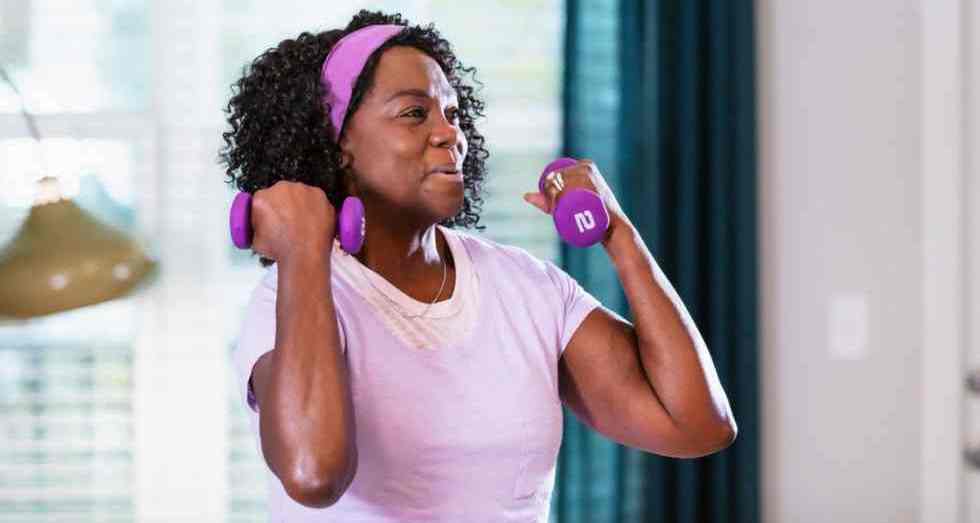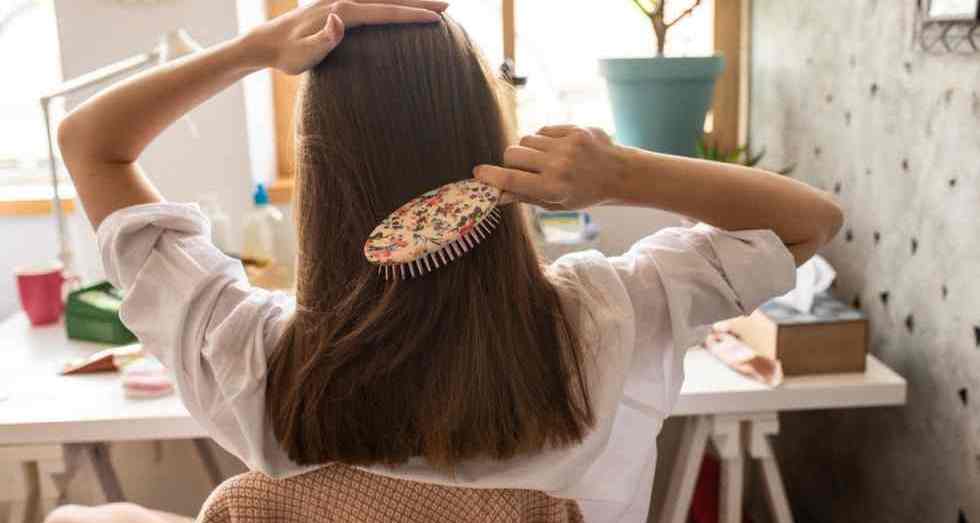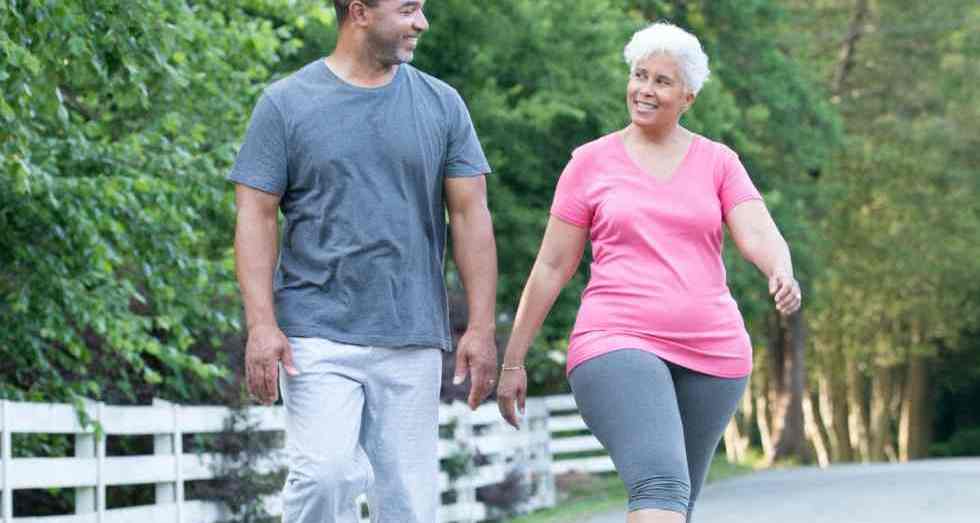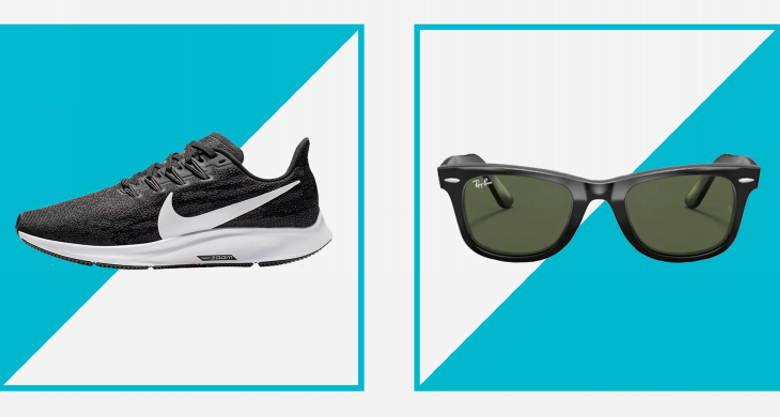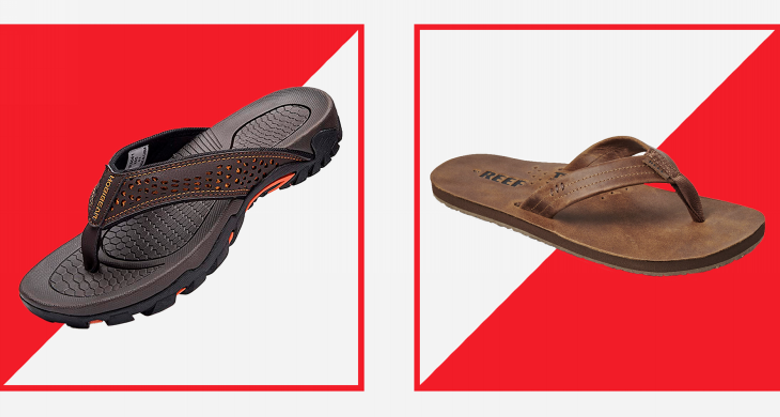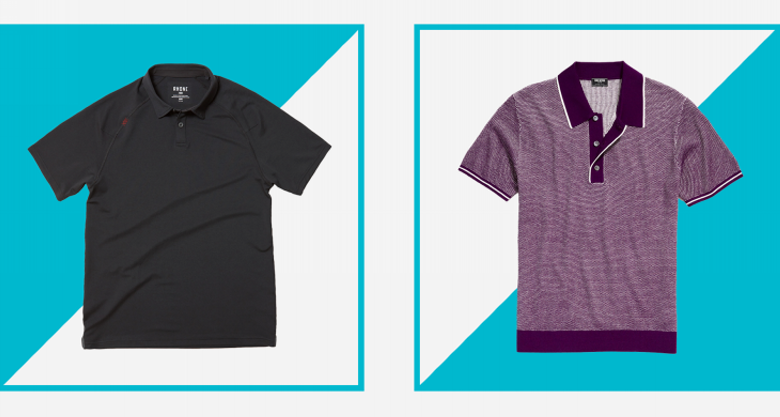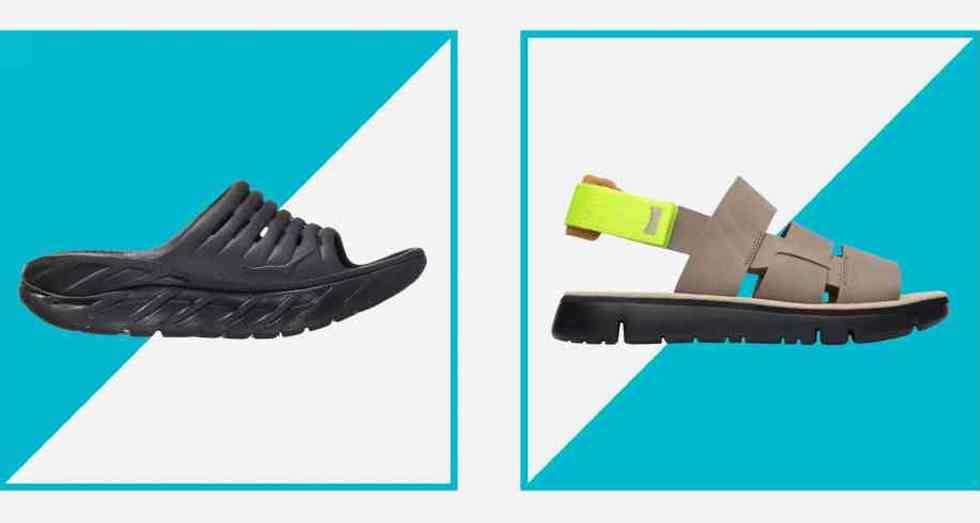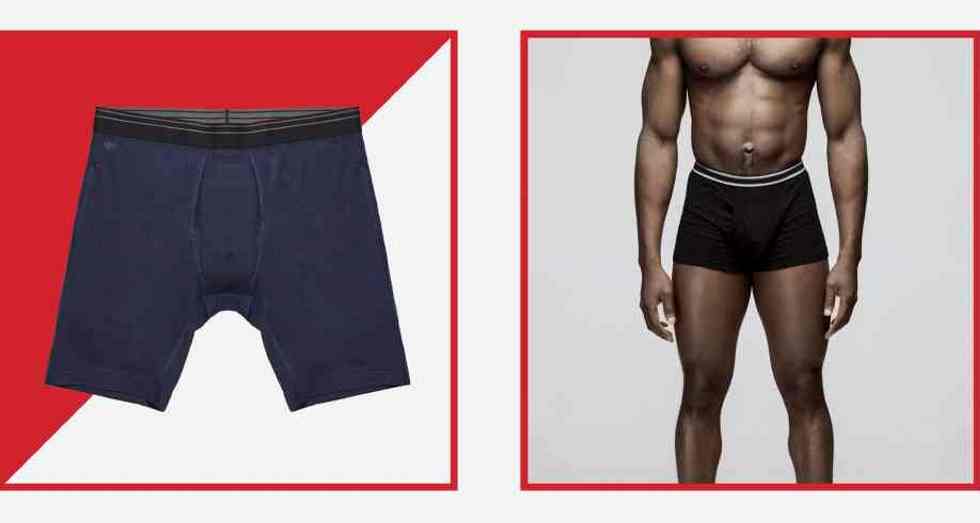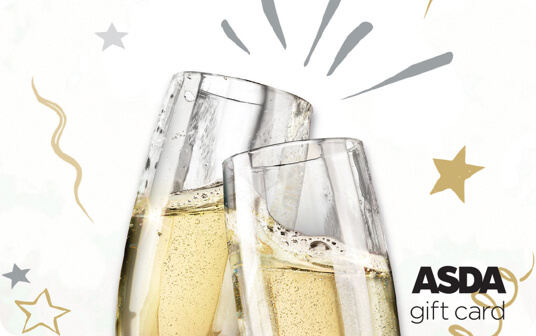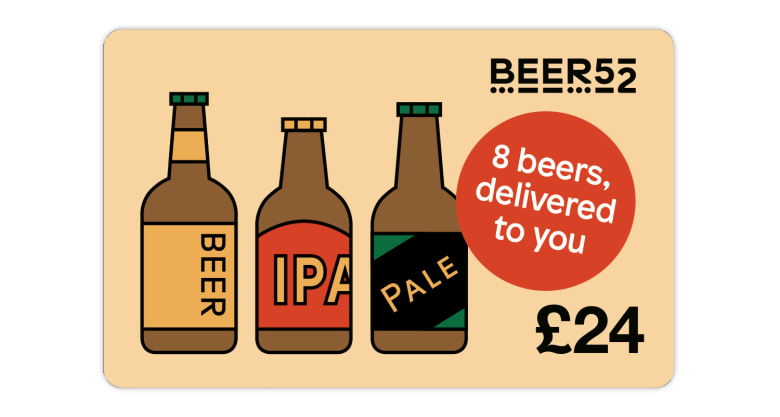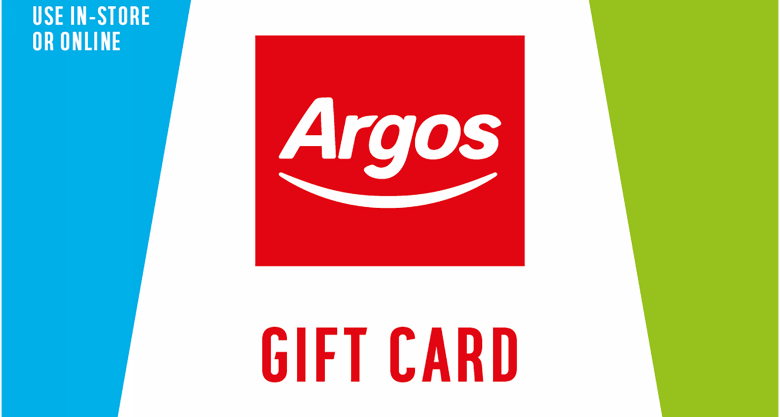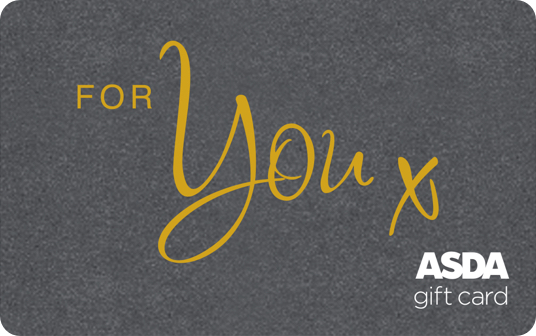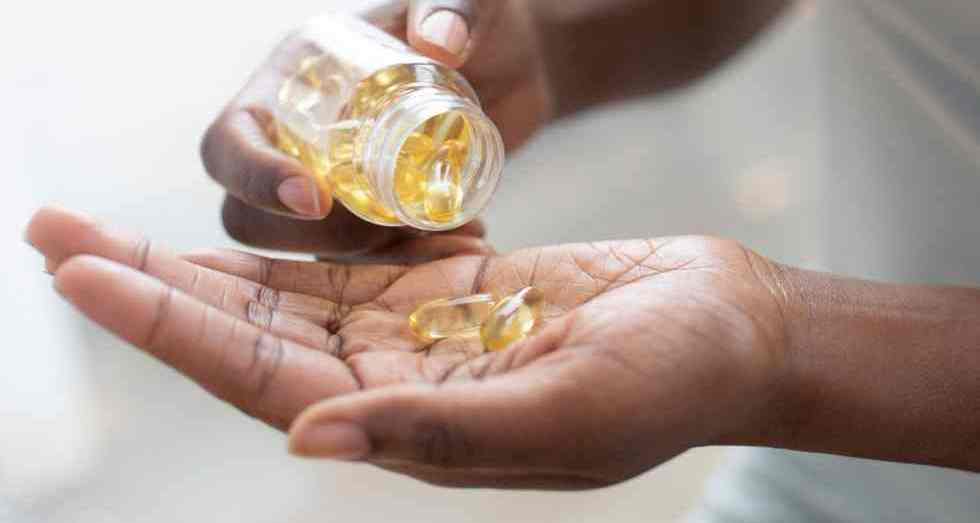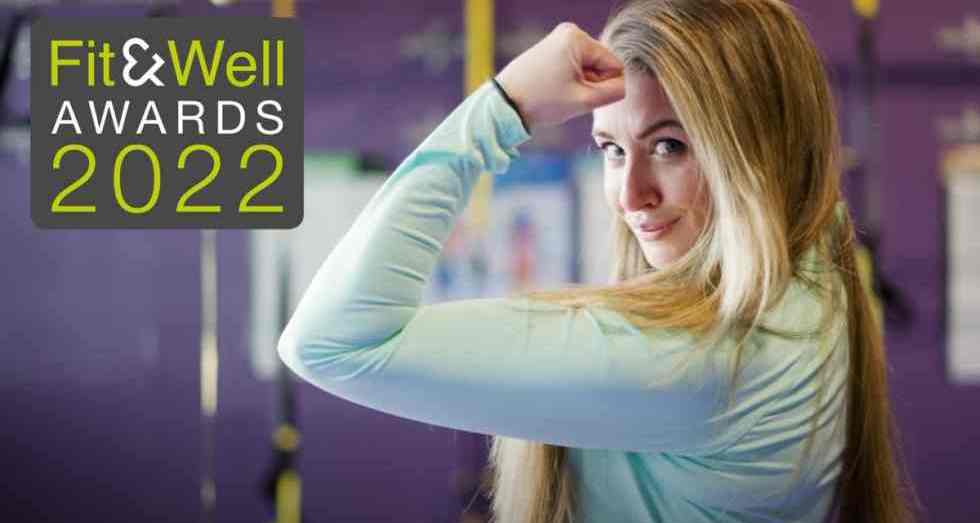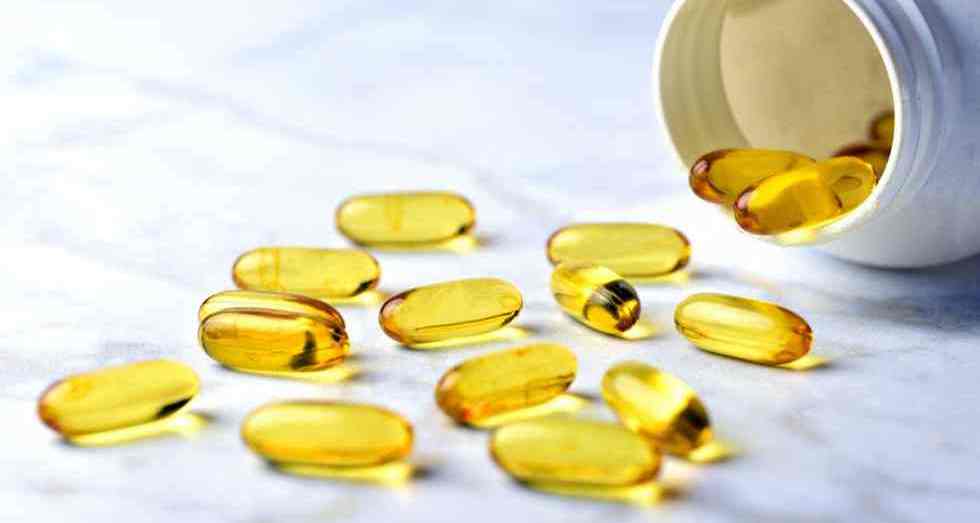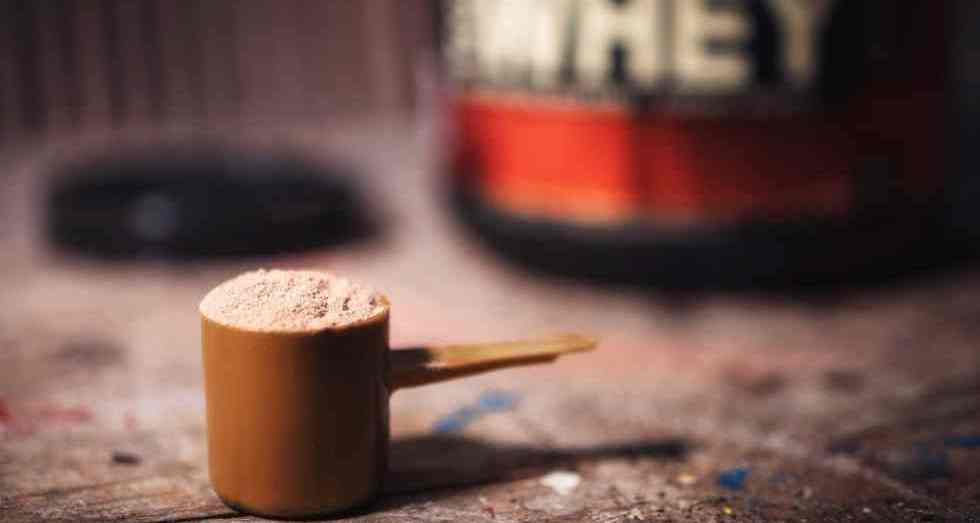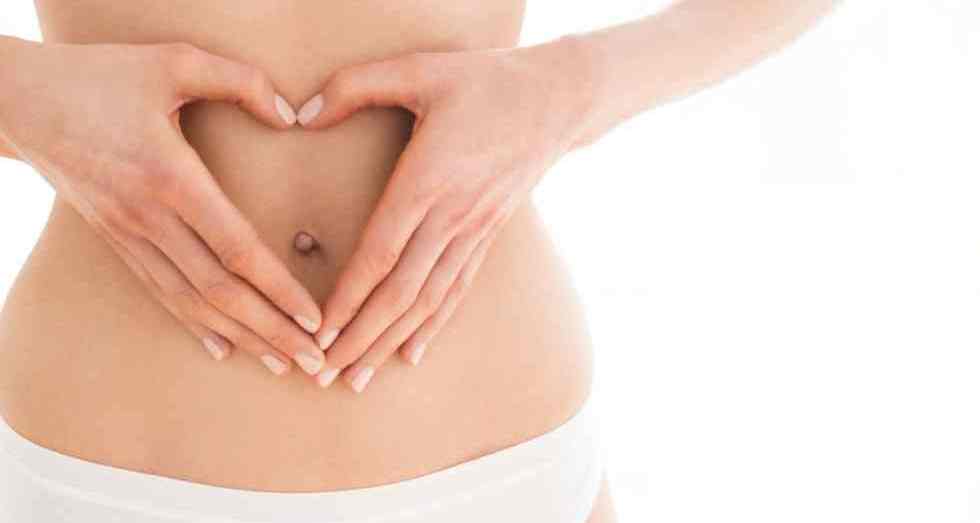Knowing how to lose weight over 50 can be difficult as your body is changing and so the way you treat it may need some adjustments too. When we get older, our muscle mass decreases and that means we don’t need quite as much energy as we did before. The common theme here, though, is that even though our bodies don’t require as much energy, we still tend to consume the same amount of calories as we did when we were younger which can lead to weight gain.
Another factor to consider, for women in particular, is the hormonal change your body is going through. Some women experience hormonal imbalances that can increase water retention which can be managed with the likes of menopause diet plans.
If you’re noticing aches and pains in your joints more often than you used to experience, that can be down to aging too. Weight loss can be effective in reducing the stress on your body but so can the best supplements for joints. We’ve also included some tips for staying active and keeping you moving around as much as possible.
Claire and James Davis are founders of the Midlife Method (opens in new tab), an eight-week plan to help you lose weight and boost confidence. Here they reveal their top tips for how to lose weight over 50.
How to lose weight over 50
1. Ditch the diet
That might sound surprising, but diets have 97% plus failure rate. They all work essentially the same way – namely restricting calories. However, many diets result in a loss of muscle mass, a lower metabolic rate and keep you locked in a long term, torturous cycle of feast or famine, which does the over-50 body and mind more harm than good.
2. Move more
It might sound obvious, but there are two sides to the energy equation: what we ingest and what we expend. The more calories you burn consistently, the better your chances of keeping weight off. Whilst high intensity sessions are generally the best exercise for weight loss, they’re not for everyone – so find what works for you. It could be something low-impact, such as cycling, swimming or walking to lose weight.
3. Eat more protein
Protein triggers the hormone leptin, which signals we’re full. However, there’s significant research revealing leptin levels decrease as women age, which is one of the reasons they feel more hungry during peri-menopause and menopause. Ensuring protein makes up about 40-45% of your daily diet will help keep hunger at bay. To help, we’ve picked the best protein powders for women and also the best protein powders for weight loss.
4. Take up resistance training
Resistance training (any type of exercise where you lift or pull against resistance – typically with weights) is great for burning calories, but it also has other welcome benefits relating to the aging process.
As we age, declining levels of testosterone (in both men and women women) and the human growth hormone mean that we naturally lose muscle mass (and therefore strength), our metabolism slows and bone density reduces.
Training with weights can help prolong this decline. One study (opens in new tab) found that even just short session of resistance training temporarily increased testosterone production in participants, even those in their 60s. This temporary boost had a positive effect on bone density, heart health, muscle growth and even libido.
Happily, you don’t have to head to the gym to do resistance training – invest in a set of the best resistance bands or adjustable dumbbells to get started at home.
5. Cut sugar
Sugar spikes your insulin, and regular spikes are linked to long term fat gain. As we age we become more insulin resistant, meaning that sugar is less likely to be utilized for energy and more likely to be stored as fat.
Sugar is hidden in so much of our day to day food – so knowing your food labeling is essential. Look for the ‘sugars’ figure listed under ‘carbohydrates’ on the packaging. In the UK, NHS guidelines state that anything above 22.5% is high sugar – and you’ll get a shock once you start realizing how much is added to nearly all food. Try using sugar substitutes in your cooking, baking and hot drinks instead.
6. Eat the right carbs – and front-load them
Carbs get a bad name but most of us are simply eating too many of the wrong kind. Aim for around 40-45% of your overall daily intake to be carbs. These should be fresh vegetables, ideally filling up on leafy greens and minimizing processed carbs like bread, cakes and pasta.
Also try to front-load your carb intake in the first half of the day and go low carb in the evening. Eating them earlier means they’ll be used for energy and be less likely to be stored as fat.
7. Moderate alcohol intake
Yes, drinking can be enjoyable – but alcohol is essentially empty calories, and also high in sugar (welcome to the insulin rollercoaster).
Not only that, our body prioritizes alcohol for metabolization in order to flush it from the body, which means any food you’re eating is more likely to be stored as fat. Plus you’re more likely to turn to starchy and sugary carbs the day after.
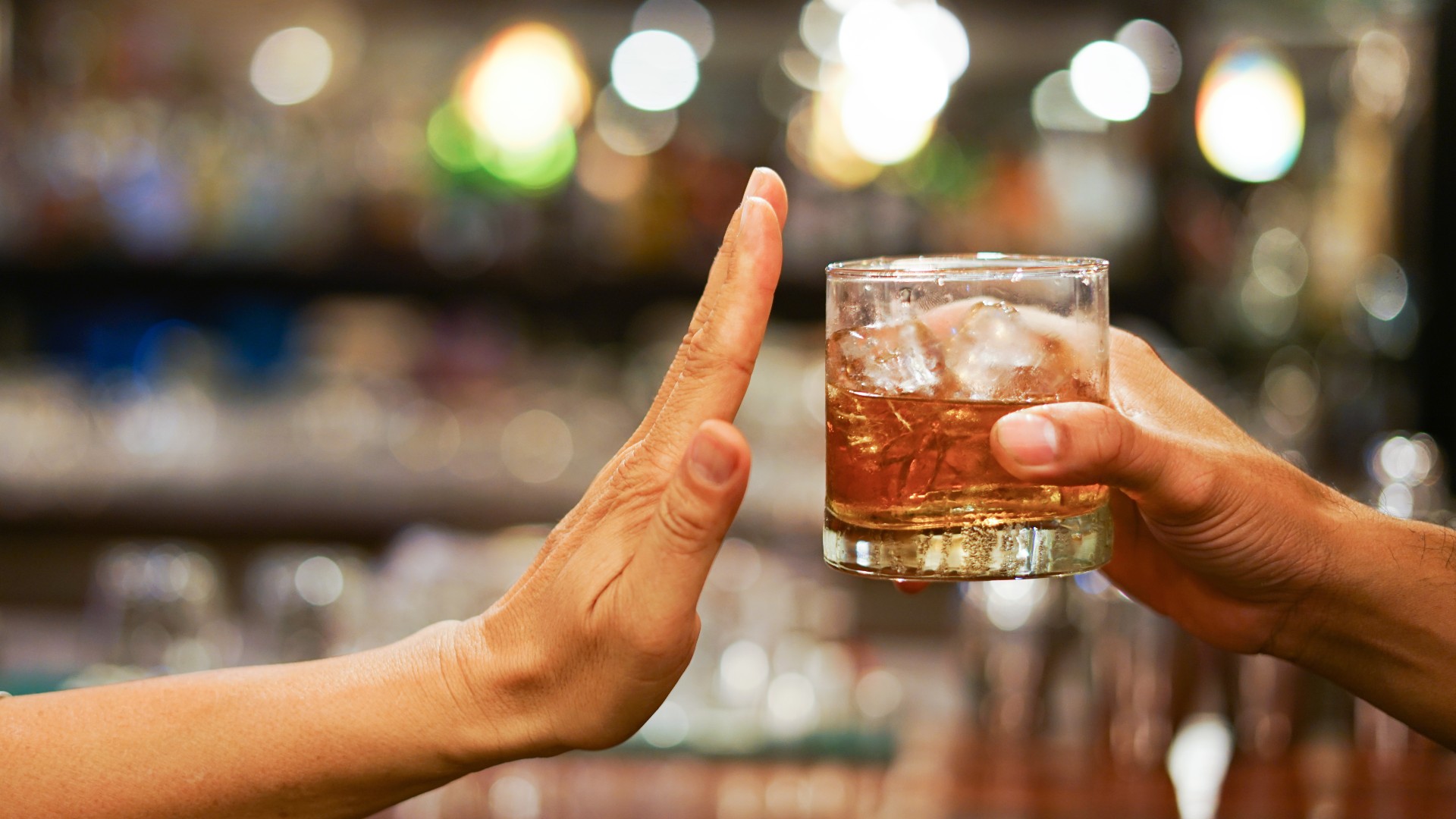
(Image credit: Getty Images)
8. Minimize processed foods
Not all calories are created equal. Studies have shown that when we consume diets made up of ultra processed foods (think crisps in tubes) versus one made up of natural whole foods, we actually put on more body fat even when the calorie amounts are kept the same.
Plus we tend to eat more of these types of food since they bypass our hormonal system with all their artificial ingredients, so we miss the “I’m full” kick of leptin.
9. Plan shorter workouts
Slogging out hours of cardio is simply not effective for fat loss in midlife – and can actually put the central nervous system under too much stress. When the stress hormone cortisol remains raised, our bodies are more likely to hold onto fat, particularly in the abdomen, hip and thigh areas. If that wasn’t bad enough, stress also makes you crave higher energy foods, meaning you’re also more likely to overeat.
In contrast, short intense bursts of exercise offer huge results, and are perfect for beginners and active people alike. Regular 20 minute sessions are not only easy to fit into your day at home, but also increase fat loss, fitness and cardiovascular health. What’s more, shorter workouts allow more time for rest and recovery, which is also incredibly important as we age (investing in one of the best foam rollers can help on that front).
Try this 30-minute session from our Instagram TV channel, or else give our four-week HIIT workout challenge a go.
A post shared by Fit&Well (@wearefitandwell) (opens in new tab)
A photo posted by on

